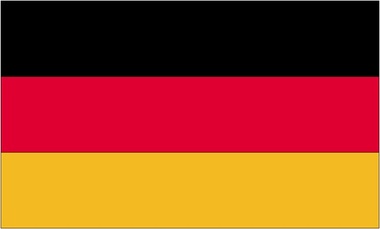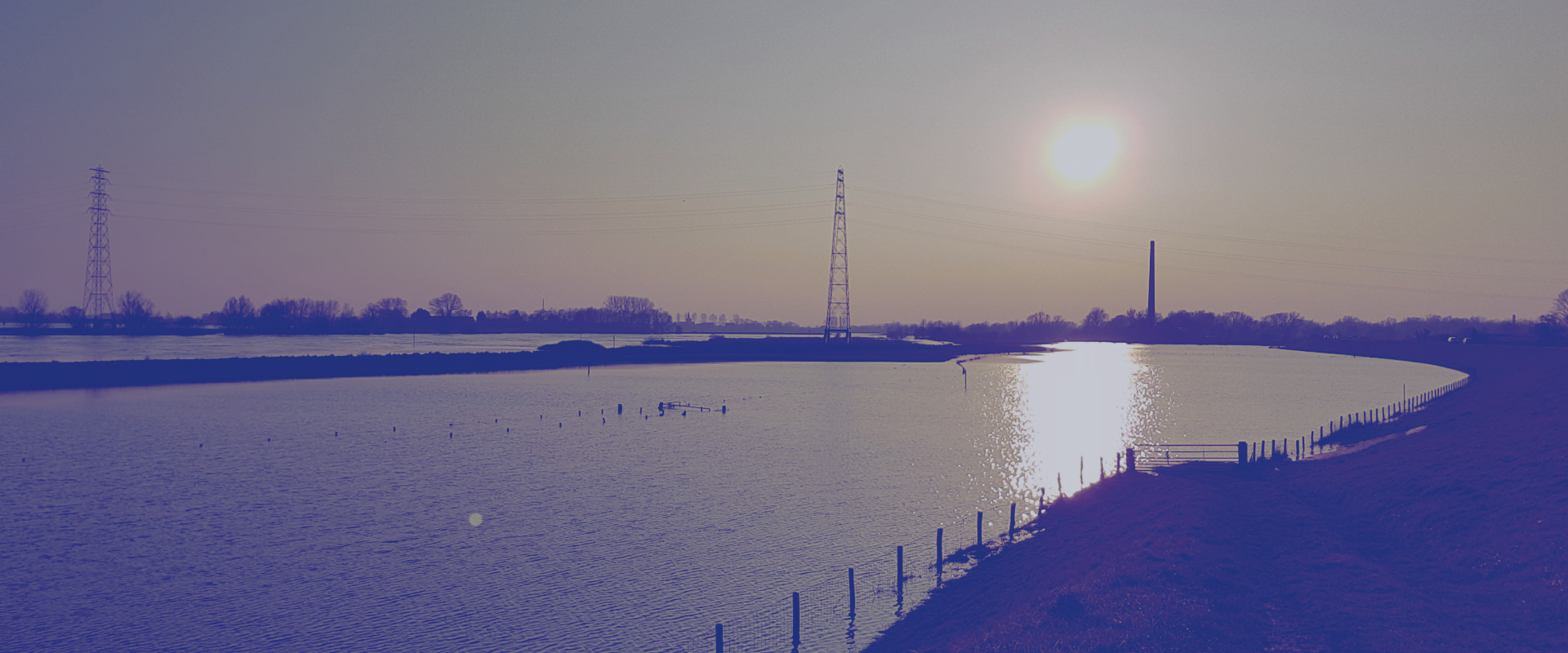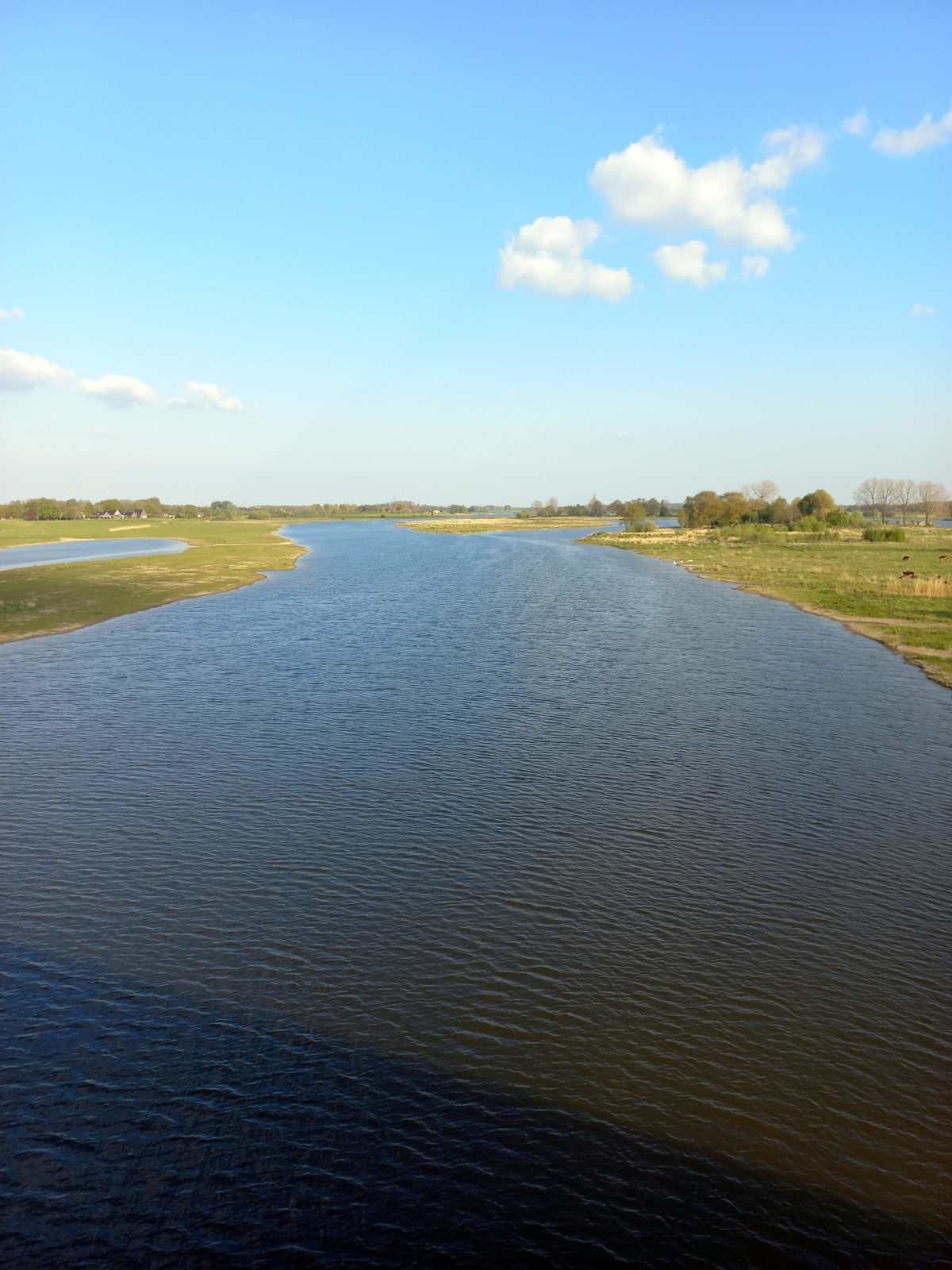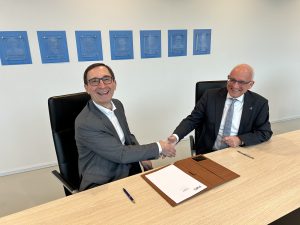On 18 March, all water boards and water companies presented the ‘Water in Action’ action programme. In it, they call on the new cabinet to work together to protect (drinking) water resources and ensure enough space for water.
While clean drinking water and dry feet are taken for granted by many Dutch people, these ‘certainties’ are under pressure. The tasks around water availability and water quality are huge. This means that water companies and water boards cannot single-handedly guarantee that there will always be sufficient, clean water in the Netherlands. Thus, they ask a new cabinet to commit to a stricter source approach with a view to water quality.
A source approach based on the idea “what doesn’t go in, doesn’t have to be taken out” is something the water boards and water companies have been advocating for years. A stricter substances policy should be anchored in legislation, using legal bans on harmful substances as a last resort to protect public health.






